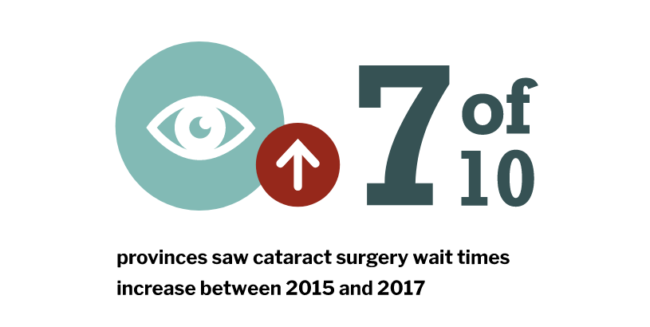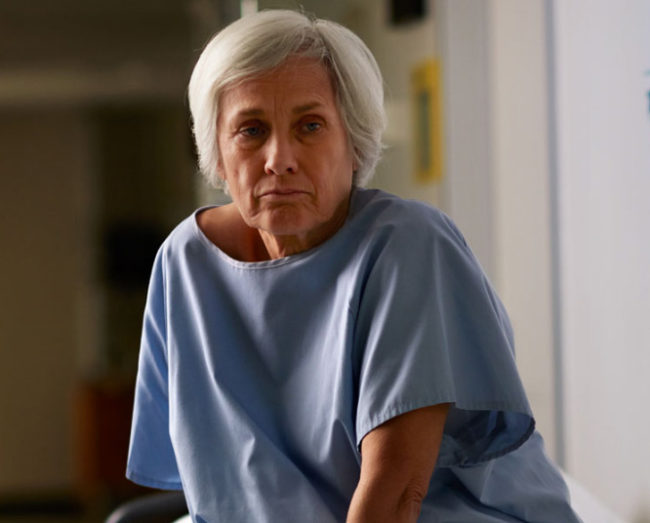Don’t Celebrate Summer with an Eye Injury!
The Eye Physicians and Surgeons of Ontario Warn Against Potential Dangers of Sparklers Summer is finally on its way and with it plenty of opportunities to celebrate beginning with Canada’s birthday on July 1st. The Eye Physicians and Surgeons of Ontario (EPSO) want to remind Ontarians to exercise caution and safety when handling fireworks and…




